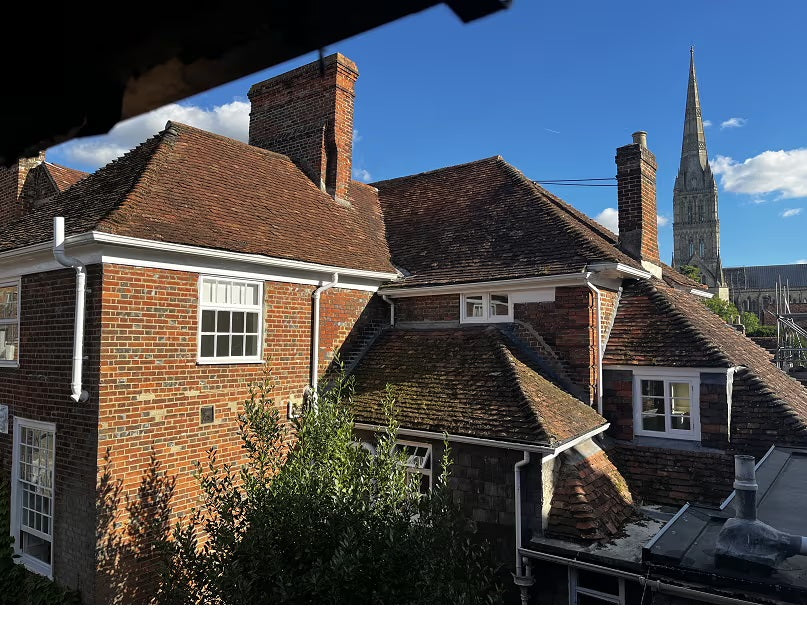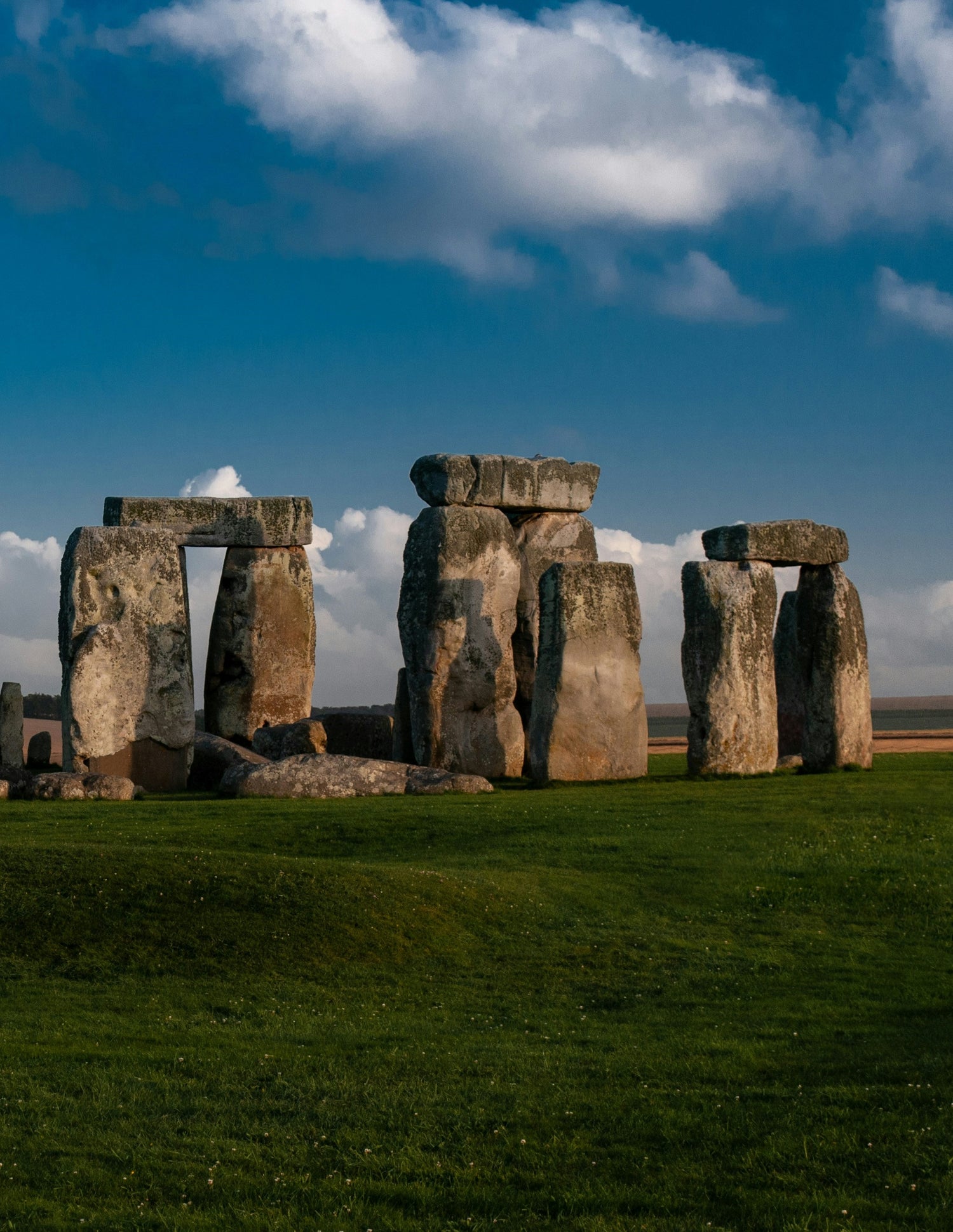Our Salisbury
Salisbury is a popular tourist place. "Whenever I have ventured across the Wiltshire borders as a ‘foreigner’ and I am accosted by local folk on their home soil, the mere murmur of the word “Salisbury” brings a knowing smile to one’s face. Whether it’s the mystery of the Stones or the recent BBC television drama about the Russian visit to the Spire. The world seems to have a connection to Salisbury in one way or another, being a market town that is steeped in history. It boasts a 13th century cathedral, was home to the English Parliament in the 1300s and saw riots in 1450. And nearby is the World Heritage Site of Stonehenge." - Henry at the Regent shop

Salisbury Cathederal
Salisbury today with its rich culture, history, architecture, areas of natural beauty, public houses and independent retailers boasts a great wealth of opportunity and desire to visit and explore. Salisbury Cathedral is one of the leading examples of early English gothic architecture. It’s main body was completed from 1220 to 1258. It contains a clock which is among the oldest working examples in the world, and has one of the four surviving original copies of the Magna Carta. The Spire built in 1320 stands at 123m (404 feet) and is the tallest in Britain. Visitors can take the Tower Tour climbing 322 steps up narrow spiral staircases to enjoy spectacular aerial views.
It is not just a draw for tourism across the globe. It is a beautiful, peaceful spot to find a bench in the grounds, sit and take time out of your working day for lunch or a coffee. As a resident of Salisbury, the
grandeur of the Spire, never tires.
Salisbury Cathedral as glimpsed from the top floor window of the Regent shop, a listed building at 73 New Street

Stonehenge
Stonehenge is a prehistoric monument on Salisbury Plain. It consists of an outer ring of vertical sarsen standing stones, each around 13 feet (4.0 m) high, seven feet (2.1 m) wide, and weighing around 25 tons, topped by connecting horizontal lintel stones. Inside is a ring of smaller bluestones.
Archaeologists believe that Stonehenge was constructed from 3000 BC to 2000 BC and it is regarded as a British cultural icon.
It has been a legally protected Scheduled Ancient Monument since 1882 when legislation to protect historic monuments was first successfully introduced in Britain. The site and its surroundings were added to UNESCO's list of World Heritage Sites in 1986. Stonehenge is owned by the Crown and managed by English Heritage; the surrounding land is owned by the National Trust.
It is open to visitors and details can be found here.
Photo by Ana Paula Grimaldi on Unsplash
Salisbury and the Wool Trade
Dating back to the Middle Ages, Salisbury’s main industry was wool. Sainsbury’s location, situated between Exeter and London, both huge market towns, meant a wealth of traffic would regularly pass through with traders spending money along the way.
Much of the industry’s wool was exported through Southampton docks, and by the 15th Century Salisbury grew to become one of the largest towns in England. Unfortunately during the 17th Century wool production dwindled, and so too did the population. However, the wool trade certainly helped put Salisbury on the map, and it’s and industry we have sought to continue here at Regent.
